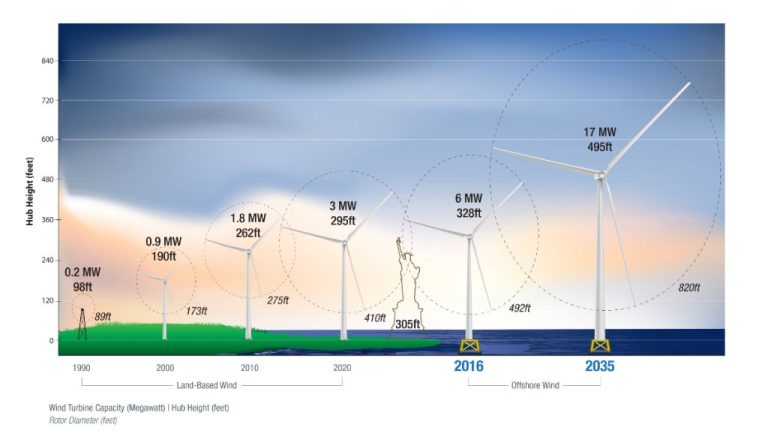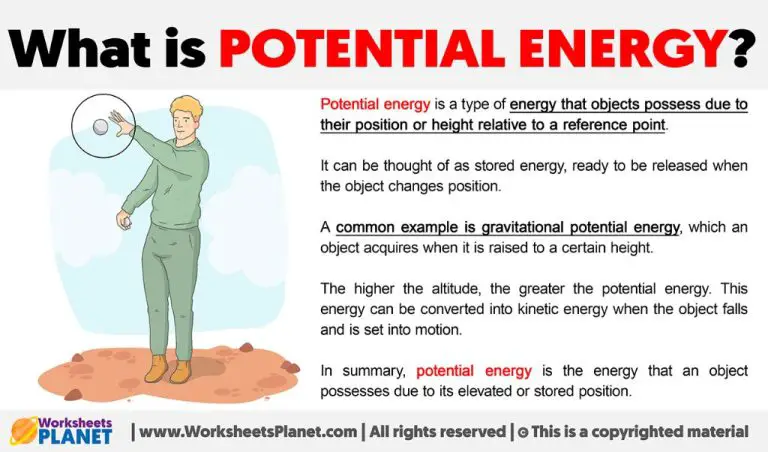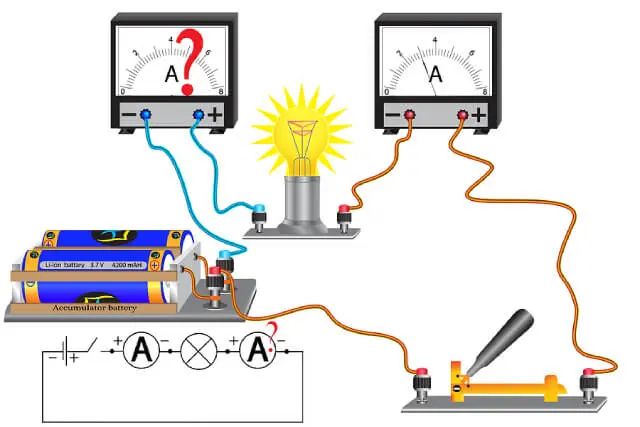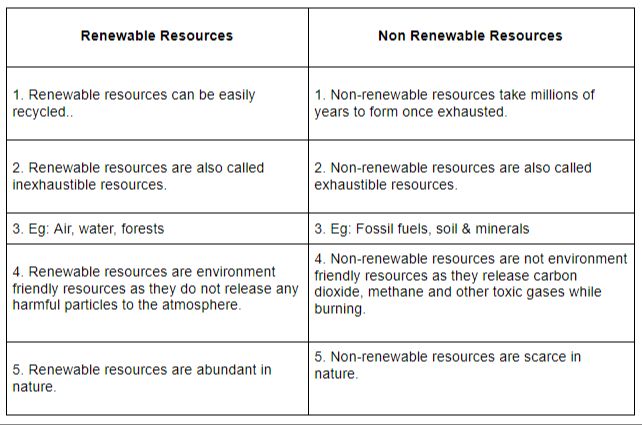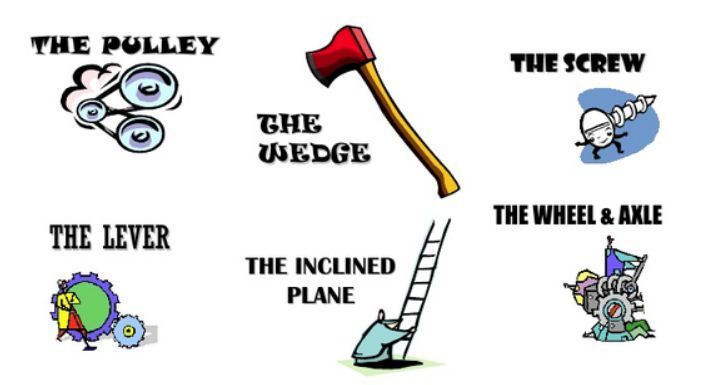Renewable Energy Reliability Issues
Renewable energy reliability refers to the ability of renewable energy sources, such as wind, solar, and hydropower, to consistently generate electricity and meet demand. As renewable energy usage has grown significantly in recent years, with sources like solar and wind projected to provide over 50% of new electricity generation through 2050, questions around integrating intermittent renewables into the grid reliably have become increasingly important.
The most common renewable energy sources – solar photovoltaics, onshore and offshore wind, hydropower, geothermal, and bioenergy – accounted for over 26% of global electricity generation in 2019, with solar and wind representing over 10%. In the United States, renewable energy provided over 20% of electricity generation in 2020, with the fastest growth coming from solar and wind. However, the intermittent nature of solar and wind creates reliability challenges that must be addressed through various strategies and technologies as renewable penetration increases.
Intermittency Challenges
Intermittency refers to the variable and unpredictable nature of energy production from renewable sources like wind and solar power. The availability of these resources depends on external factors like weather and time of day, which causes generation output to fluctuate.1
Wind power faces intermittency challenges due to changing wind speeds. Output can vary greatly minute to minute and is hard to accurately forecast.2 Solar power depends on cloud cover and daylight availability, with production falling to zero at night. This irregular generation profile poses difficulties for grid integration.
High penetration of variable renewables strains the electricity system’s flexibility and stability. With large swings in supply, it becomes more challenging to continuously balance power demand. This could require holding extra reserves, ramping conventional plants more aggressively, or curtailing excess renewable generation.3 Thus addressing intermittency is crucial for further adoption of wind and solar power.
Energy Storage Solutions
Energy storage technologies can help overcome the intermittency challenges of renewable energy by storing excess electricity when supply exceeds demand and discharging electricity when demand is higher than supply. There are several storage technologies that each have advantages and limitations:
Battery storage has become more cost-effective in recent years with advancements in lithium-ion battery technology. Grid-scale batteries like the Tesla Megapack can store hundreds of megawatt-hours of electricity. Batteries have high round-trip efficiencies, fast response times, and modular installations. However, batteries still have relatively high costs and limited lifetimes. [1]
Pumped hydro storage involves pumping water uphill into a reservoir when electricity supply exceeds demand and then releasing the water through hydroelectric turbines when demand is high. This is currently the predominant large-scale energy storage used for grid electricity. Pumped hydro can offer gigawatt-scale capacity and storage durations of 10+ hours. But suitable pumped hydro sites are geographically limited and projects can have high upfront capital costs. [1]
Compressed air energy storage uses excess electricity to compress air in underground caverns or vessels. The compressed air is then heated and expanded through a turbine when electricity is needed. This can provide long duration bulk energy storage, but the technology has low round-trip efficiency and high capital costs. [2]
Flywheel energy storage works by accelerating a rotor to store kinetic energy and then using the rotating inertia to generate electricity on demand. Flywheels offer high efficiencies, fast response times, and millions of charge/discharge cycles. But storage duration is limited to minutes or hours and capital costs are still high. [3]
Overall, a portfolio of storage technologies will likely be needed to support high renewable penetration. Storage can shift generation to times of peak demand, smooth short-term volatility, and store excess renewable generation. With progress in cost and performance, storage systems will play a key enabling role in grid integration of renewables.
Improved Forecasting
Accurate forecasts of renewable energy generation are crucial for integrating large amounts of variable wind and solar power onto the grid. System operators rely on generation forecasts to schedule reserves, plan transmission, and balance supply and demand. Without accurate forecasts, more reserves may be needed to accommodate forecast errors, adding costs and complexity.
There have been major advancements in solar and wind forecasting models in recent years. According to a 2020 report by IRENA, forecasts are now available for timescales ranging from seconds to months ahead (Advanced forecasting of variable renewable power generation). Improved weather prediction, satellite data, and artificial intelligence have all contributed to better modeling.
Higher quality forecasts reduce uncertainty and allow system operators to plan ahead more effectively. As forecast accuracy continues improving, less reserves may be required to integrate renewables, reducing costs. Advanced forecasting will be a key enabler of high renewable energy penetration on power grids worldwide.
Geographic Diversity
Distributing renewable sources over wide areas can help smooth overall generation variability. Solar power in one region can complement wind power in another region due to the asynchronous intermittency of solar and wind resources across broad geographies. Studies show that aggregating solar and wind power over large regions, such as the western U.S., significantly reduces total variability. One analysis found that aggregating solar resources across the state of California reduces hourly ramp rates by 35-60% compared to individual sites (Mills 2010).
According to an NREL study, distributed wind and solar resources in the western U.S. can provide more stable aggregate energy output than individual sites. Combining resources over larger areas ‘absorbs’ variability and results in a smoother overall generation profile with lower ramp rates (Diakov 2012). Researchers at Berkeley Lab also found that geographic diversity of solar resources dramatically reduces short-term variability, making solar more dispatchable and stable (LBNL).
Sources:
[Mills 2010]: https://www.osti.gov/servlets/purl/1196768
[Diakov 2012]: https://www.nrel.gov/docs/fy12osti/54707.pdf
[LBNL]: https://eta.lbl.gov/publications/implications-wide-area-geographic
Transmission Expansion
Expanding and upgrading transmission infrastructure is crucial for enabling increased renewable energy capacity and integration. According to the U.S. Department of Energy, transmission systems will need to expand by 60% by 2030 to meet clean electricity demands (https://www.doi.gov/ocl/renewable-energy-transmission-infrastructure). New high-voltage transmission lines can help move renewable power from source to demand centers, connecting regions with high renewable potential to load centers while reducing congestion and curtailment issues.
Building new transmission creates pathways for wind and solar farms in remote areas to connect to the grid and transmit their power long distances. This allows renewable generation to be built in the most ideal locations. Congestion occurs when there is too much power generation compared to the transmission capacity in an area, forcing generators to curtail their output. New transmission lines alleviate congestion and reduce curtailments, enabling greater grid penetration of renewables.
The U.S. grid requires major transmission expansion projects and upgrades to handle the growth in renewable energy and meet emissions reduction goals. However, there are regulatory and cost challenges associated with building long-distance, interstate transmission lines. Streamlining permitting and siting policies could help accelerate transmission projects to unlock the full potential of renewable energy.
Flexible Generation
Flexible generation refers to power plants that can ramp electricity production up or down quickly to adapt to changes in renewable energy supply. This helps fill gaps when renewable sources like wind and solar are intermittent. Key examples of flexible generation include:
Gas power plants – Natural gas plants can start up quickly and ramp output up or down efficiently. This makes them ideal for compensating for renewable generation drops.
Hydroelectric power – Hydropower output can be adjusted rapidly by controlling water flow through the turbines. Pumped storage hydro goes a step further, pumping water uphill when energy is abundant and releasing it to generate power when needed.
Energy storage – Battery storage systems can absorb excess renewable energy and feed it back into the grid when required. Other storage like flywheels and compressed air can also provide fast-reacting grid support.
Flexible generation helps maintain grid stability as more renewables come online. By rapidly adjusting output, it keeps frequency and voltage steady despite intermittent wind and solar generation. It also improves reliability by filling renewable generation gaps as needed throughout the day. Sources indicate the value of flexible generation will grow as renewable penetration rises.
Demand Response
One way to help balance variable renewable energy supply is through demand response, which involves shifting electricity use to match times of high renewable output. The development of smart grids and advanced metering infrastructure enables the automation of demand response [1]. By using communication technology and intelligent software, demand response programs can remotely cycle air conditioners, change thermostat settings, and shut down non-critical industrial processes when needed to reduce electricity demand. This helps integrate renewables by lowering usage at times when renewable generation is low. Demand response also reduces costly peak demand spikes that strain the grid.
Grid Operational Changes
As the share of renewable energy grows, grid operators have adopted new practices and technologies to maintain reliability.
Grid operators can dispatch renewable generation more quickly using advanced forecasting and scheduling tools (Source). Carrying larger reserves of flexible capacity helps manage variability (Source). Creating markets that value and compensate flexibility encourages investment in assets that balance renewables.
New operational practices like faster scheduling intervals, improved coordination between balancing areas, and better utilization of transmission help integrate renewables. Advanced technologies like synchrophasors and automated grid controls provide operators enhanced real-time visibility and control.
Despite high and rising renewable penetration in some regions, system operators continue to reliably meet electricity demand. With thoughtful planning and adoption of enabling technologies, grid operators can maintain reliability as the renewable energy mix grows.
Conclusion
In summary, there are various solutions available to address reliability challenges as the grid transitions to higher levels of renewable energy. These include energy storage, improved forecasting, geographic diversity, transmission expansion, flexible generation, demand response, and grid operational changes. With the right technologies, practices, and policies in place, renewables have been shown to be able to scale up and maintain reliability.
The transition to a sustainable grid powered by renewable energy offers numerous benefits. Renewables produce no direct carbon emissions, which helps combat climate change. They utilize inexhaustible resources like wind and sun. Local renewable generation also reduces dependence on imported fuels. Investing in modern technologies and infrastructure will create new jobs and industries. Overall, the renewables transition can lead to a cleaner, more resilient, cost-effective, and reliable grid.

